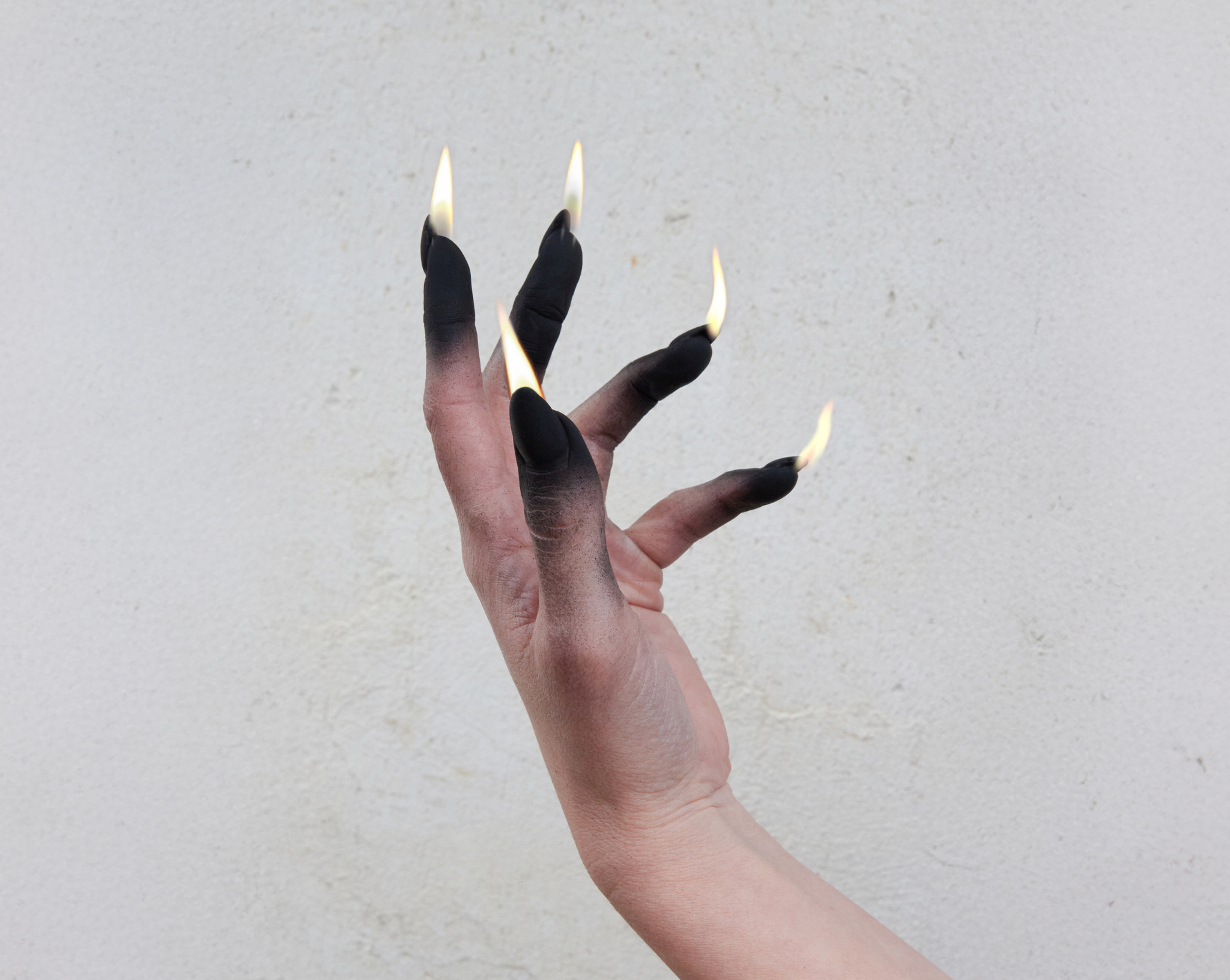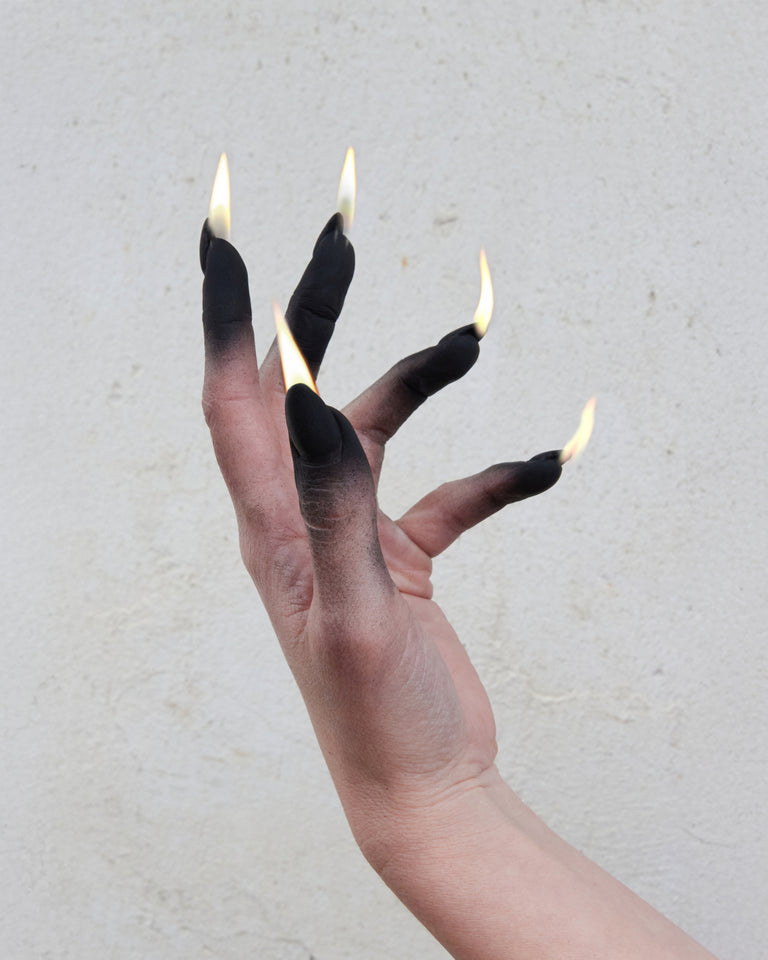Out Now | X Capsule Shop Now
Secure Payment:
//www.aeyde.com/cdn/shop/files/apple_pay-f6db0077dc7c325b436ecbdcf254239100b35b70b1663bc7523d7c424901fa09_x24.jpg?v=1613180628,
//www.aeyde.com/cdn/shop/files/paypal-49e4c1e03244b6d2de0d270ca0d22dd15da6e92cc7266e93eb43762df5aa355d_x24.jpg?v=1613180628,
//www.aeyde.com/cdn/shop/files/visa-319d545c6fd255c9aad5eeaad21fd6f7f7b4fdbdb1a35ce83b89cca12a187f00_x24.jpg?v=1613180628,
//www.aeyde.com/cdn/shop/files/master-173035bc8124581983d4efa50cf8626e8553c2b311353fbf67485f9c1a2b88d1_x24.jpg?v=1613180628,
//www.aeyde.com/cdn/shop/files/klarna-pay-now-813d6bf4798b6bad4ad28571b101244a7ecc999449292c8294c241dc3d42b9e8_x24.jpg?v=1613180628,
//www.aeyde.com/cdn/shop/files/amazon-92e856f82cae5a564cd0f70457f11af4d58fa037cf6e5ab7adf76f6fd3b9cafe_x24.jpg?v=1613180631,
//www.aeyde.com/cdn/shop/files/american_express-2264c9b8b57b23b0b0831827e90cd7bcda2836adc42a912ebedf545dead35b20_x24.jpg?v=1613180631,







